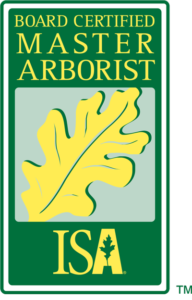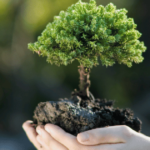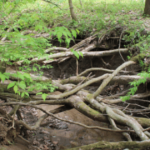The Art and Science of Tree Shaping
Introduction
Tree shaping, also known as arbor sculpting, is an enchanting blend of art, science, and horticulture. This practice involves molding trees into functional or decorative structures. Explore the history, techniques, and applications of tree shaping in this detailed guide.
Historical Background
Tree shaping has roots in ancient practices, notably among the indigenous tribes of northeastern India who crafted living root bridges. These bridges are functional and sustainable, showcasing early examples of eco-friendly architecture.
Techniques of Tree Shaping
There are two primary methods:
- Aerospace: Involves bending young shoots into desired shapes and securing them with frames or wires until they naturally graft.
- Instant Tree Shaping: Uses mature trees to achieve artistic forms more rapidly through strategic bending and grafting.
Tools and Materials
Essential tools for tree shaping include:
- Flexible Ties and Supports: Guide branches without harming them.
- Grafting Tape: Ensures grafts are protected during healing.
- Metal or Wooden Frames: Act as templates for desired shapes.
Step-by-Step Guide to Tree Shaping
- Selection: Opt for fast-growing, flexible species like willow or poplar.
- Shaping: Gently manipulate young branches using supports.
- Maintenance: Regularly adjust ties and prune excess growth.
- Maturation: Allow the tree to solidify into its shape over several years.
Practical Applications
Tree shaping is versatile:
- Living Furniture: Grow chairs, tables, or benches directly from the ground.
- Play Structures: Create natural and engaging play areas for children.
- Architectural Elements: Design living archways or fences for gardens.
Environmental Benefits
This sustainable practice helps reduce the need for cut wood, integrates living elements into urban areas, and supports ecological balance.
Conclusion
Tree shaping combines creativity with environmental stewardship, offering a unique way to interact with nature. It’s a testament to human ingenuity and respect for the natural world.
Interested in starting a tree shaping project or need professional advice? Visit our contact page to connect with our ISA Board Certified Master Arborist at Action Tree Care.
External Resource:
For further reading on tree shaping and its historical applications, check out the resources available at Arborsmith Studios, a leader in the field of arborsculpture.


